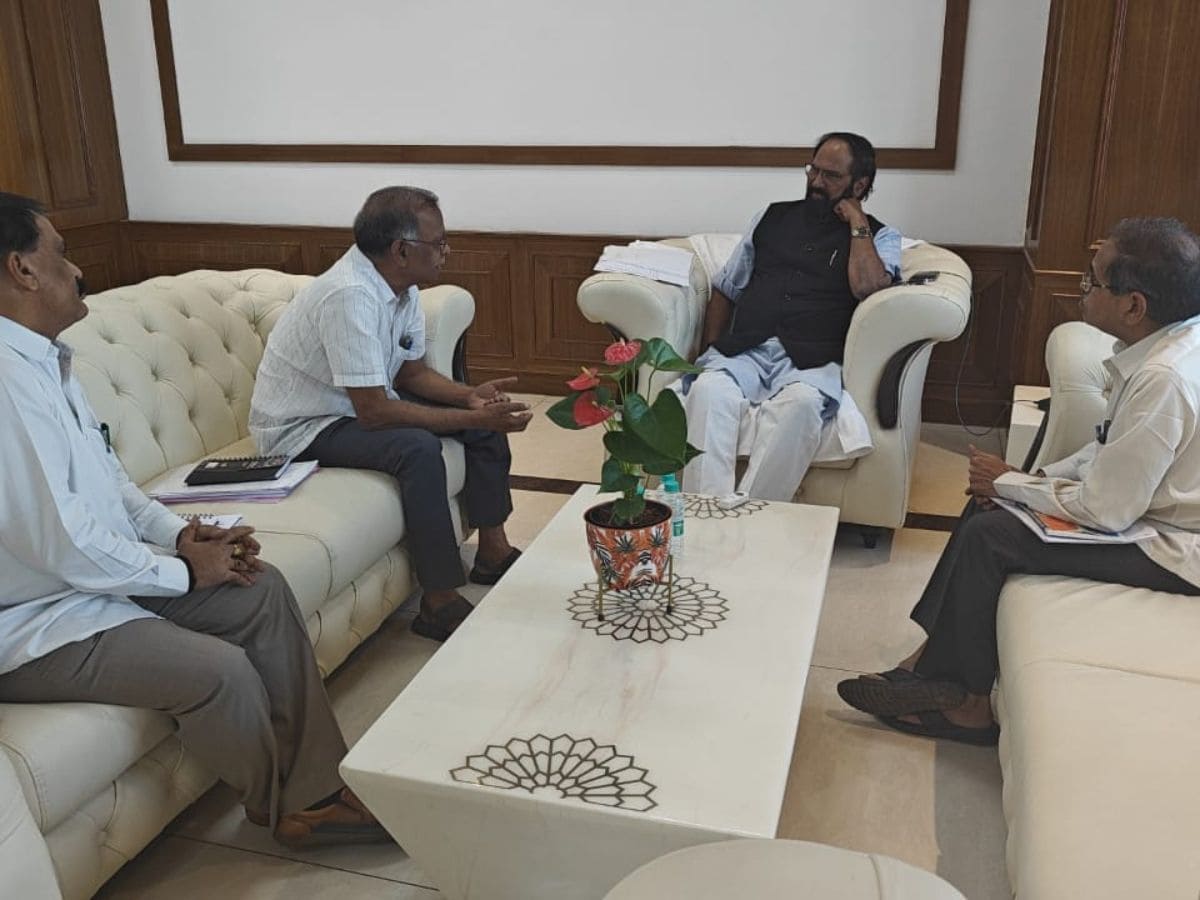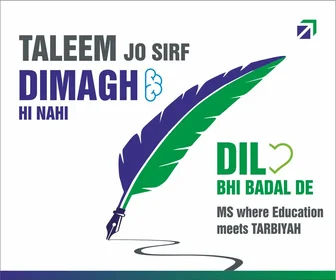
Hyderabad: Telangana minister for irrigation, food, and civil supplies N Uttam Kumar Reddy on Sunday, December 17, held a meeting with the Engineer in Chief (ENC) of Telangana Irrigation and Command Area Development Department C Muralidhar and other officials and discussed the sinking of piers of Medigadda barrage.
During the meeting at the Dr BR Ambedkar state secretariat, the minister also met Chennur MLA G Vivekanand who requested that repair and redecoration works (R&R) take place at the flood-prone regions under the Kaleshwaram project in his constituency.
This comes a day after chief minister A Revanth Reddy’s announcement in the state legislative council on Saturday, December 16 that an investigation headed by a sitting judge would be ordered into the matter of sinking of piers of Medigadda barrage and the damage that occurred to the Annaram barrage.
He also said that he would take all MLAs and MLCs for an examination of the Medigadda and Annaram barrages.
Revanth stated that the BRS-led state government had claimed that it constructed a mega project for Rs 1.02 lakh crore and had even taken farmers for a visit to the project. “But now the barrages that were constructed on sand are damaged,” he remarked.
Responding to the chief minister’s remarks, BRS MLC K Kavitha suggested that the state government could order a probe into the matter.
Revanth lauded Kavitha for “making a good suggestion” and declared that a sitting judge would head the probe.
Centre’s report
The National Dam Safety Authority’s (NDSA) six-member expert team that investigated the sinking of piers in Block-7 of Medigadda (Laxmi) barrage of the Kaleshwaram project faulted the project’s planning and design in its report, stating that the damage was caused by a combination of issues involving planning, design, quality control, and operation and maintenance.
Following the discovery of the project’s pillars caving in on October 21 evening, the NDSA committee visited the barrage site on October 23 and 24 and met with irrigation department officials on October 24. The 43-page study made disparaging observations about the project.
According to the order of the Union Jal Shakti ministry, pillars numbering 15 to 20 of the sixth to eighth blocks of the barrage caved in after pillar number 20 of Block 7 of the barrage had partially sunk.
The committee said that data/inputs on only 11 of the 20 aspects were submitted by the Telangana government.
“The primary reason for the failure is the settlement of the barrage raft. The piers, being monolith with it, have also settled, moved, and cracked. This could occur due to several possible reasons such as piping, wherein transportation of foundation material has occurred. Inadequate bearing capacity of the foundation material (sand), failure of upstream secant piles due to barrage load also led to the failure”, the report explained.
The committee also observed that there appears to be a ‘construction deficiency’ due to a lack of ‘stringent quality control’ during the construction of sub-surface contiguous secant piles and plinth connected between the raft and cut-offs.
“Gaps might have been created in the secant pile formation, making the barrier permeable, leading to piping and subsequent progressive failure”, the report read.
Slamming the report, the BRS said that the project had been cleared by the Central Water Commission (CWC), which reports to the Union government.

